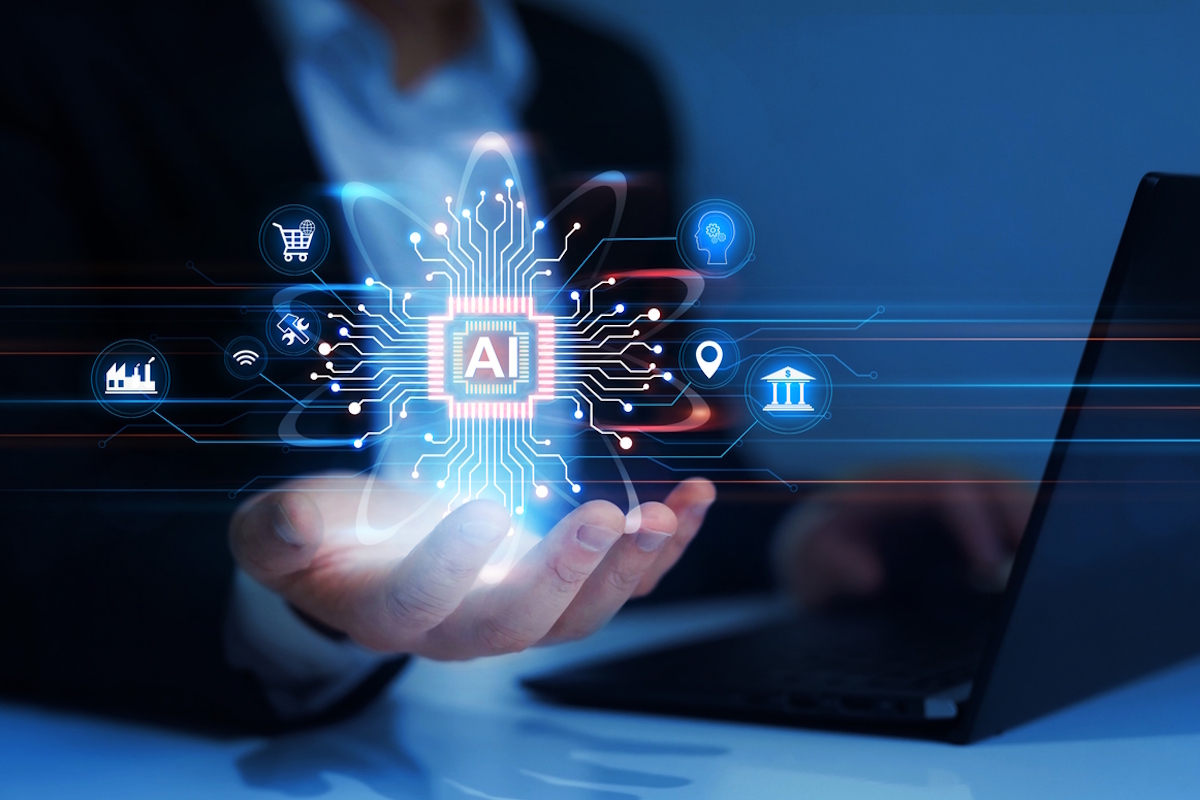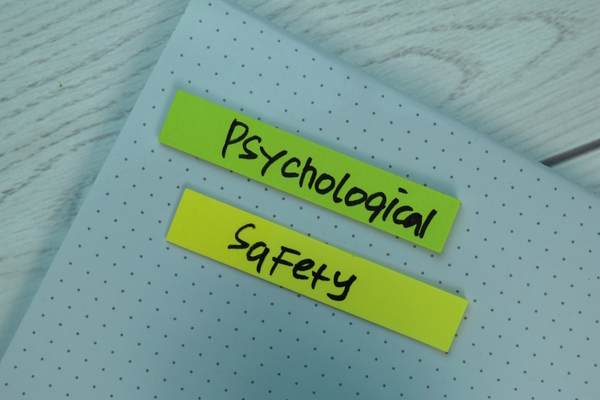Building AI skills across the workforce

Orla Daly at Skillsoft explains why business leaders are responsible for bridging the AI skills divide
AI is rapidly becoming a core driver of business performance, with organisations increasingly willing to spend more on AI tools to gain a competitive advantage. But this shift will not happen overnight.
Recent research from McKinsey shows that while 92% of companies plan to increase their AI investments over the next three years, only 1% consider themselves “mature” in AI deployment. More work needs to be done before AI can be fully integrated into workflows and deliver measurable outcomes.
As organisations accelerate their adoption of AI tools, a new challenge is emerging for business leaders - ensuring their workforce is equipped to keep pace. Businesses must seek to minimise the disconnect between leadership’s vision and frontline capability, which is fast becoming one of the most pressing barriers to successful AI adoption.
Without the right skills, training and support, team members will be limited in how they utilise AI tools to deliver meaningful outcomes in their day-to-day roles.
The workforce divide blocking AI success
One of the greatest challenges facing business leaders today is the disconnect between executive enthusiasm for AI and the readiness of frontline employees. According to Boston Consulting Group’s 2025 “AI at Work” survey, 83% of UK executives report regular use of generative AI in their roles - but only 21% of frontline workers have received the training needed to use AI confidently.
While boardrooms and executives are often aligned with their organisation’s AI strategy and investments, many frontline employees are being left behind. To get ahead of this disruption, businesses must act now and ensure their team has the knowledge they need to leverage AI applications effectively.
Why AI literacy alone isn’t enough
AI literacy – the ability to understand and engage with AI technologies – is essential to future-proof the workforce. But it is not the end goal. While IT professionals should understand key concepts like ethical AI, data privacy and large language models, true AI readiness requires all employees to develop a mindset that allows them to apply AI solutions effectively and safely.
When employees better understand AI, there is a greater chance that they will trust and adopt AI tools, spot opportunities to apply AI in their own workflows, and actively contribute to innovation and long-term value creation across their organisation.
To reach this level of AI capability, organisations must develop a culture for navigating complex environments and driving innovation. A combination of technical and power skills will ensure employees thrive in their roles and adapt to evolving technologies.
A guide to AI upskilling your entire workforce
To close the AI readiness gap and unlock the full value of AI investments, business leaders must take a structured, strategic approach. Here are some key actions to prioritise:
- Evaluate current capabilities to inform upskilling
- Strike the right balance for AI success
- Track AI adoption metrics
- Champion AI literacy at all levels of the organisation
1. Evaluate current capabilities to inform upskilling
While AI technologies are advancing at an unprecedented rate, the lifespan of technical skills is shrinking, with The World Economic Forum estimating that 39% of job skills will change by 2030. This shift will affect every function, not just IT. Relying solely on hiring new talent each time a skill becomes outdated is no longer sustainable. But before a business makes any decisions about its AI literacy, it needs to know the extent of its existing team’s knowledge.
By assessing workforce capabilities with skills audits and self-assessments, businesses can:
- Identify capability gaps and inform targeted training
- Introduce tailored learning initiatives that are directly aligned with business objectives
- Maximise both learning outcomes and organisational impact
Leaders should combine external recruitment with a commitment to internal employee development to build a knowledgeable and agile workforce that is equipped to use AI effectively and keep pace with evolving capabilities. This approach supports a culture that prioritises efficiency and advances careers by signalling to existing and new employees that their growth matters, resulting in greater engagement, retention and improved outcomes aligned with business goals.
2. Strike the right balance for AI success
AI literacy must go beyond understanding the technology – it should build a shared sense of purpose. By encouraging curiosity and innovation, organisations can build a workforce that is not only excited to use AI but is also aligned with its strategic goals.
To achieve this shared purpose, businesses need to understand how AI will transform job expectations and which skills will be needed to manage the technology. They should create clear learning paths that can be specifically applied to various roles, from the foundational level (key concepts like ethical AI, data privacy and large language models), to functional purposes (business-oriented skills with domain-specific use cases) and technical applications (practical experience with AI tools for developers and analysts).
AI learning programs should also encourage employees to experiment with AI and test and trial tools in sandbox environments. This practical experience builds confidence and accelerates technical understanding, while instructor-led sessions can be introduced for more complex elements of AI learning that require further guidance.
To complement these technical skills, organisations must nurture power skills, which are key to unlocking AI’s full potential across teams. These should include:
- Critical thinking
- Collaboration
- Adaptability
- Change management
Often, AI progress begins with a few early adopters. By identifying and empowering AI champions within each function, organisations can create internal advocates for AI – individuals who support their peers, promote adoption and help bridge the gap between business needs and IT capabilities.
3. Track AI adoption metrics
To effectively gauge progress towards AI adoption – both at the individual and organisational level – it’s important to monitor key metrics that reflect AI maturity and impact. Key metrics include:
- AI tool usage
- Engagement with AI training programmes
- Employee opinions towards AI
- Outcomes driven by AI (such as improved customer satisfaction and boosts in productivity)
Measuring and understanding these metrics will help to embed continuous learning and create a culture where AI is used confidently in daily operations. This approach will embed a culture of innovation and give businesses long lasting benefits of improved efficiency and effectiveness.
4. Build enterprise-wide AI confidence
Visible and strong leadership is vital to ensure AI readiness across organisations. Leadership must actively champion AI upskilling initiatives and create a culture that embraces change and continuous learning. Without this top-down commitment, AI adoption risks becoming ad hoc and further widening the gap in AI understanding between leadership and frontline teams.
When AI literacy is a critical business priority, it can be implemented far beyond tech teams and at every level of the organisation. Ensuring a shared understanding of AI’s potential and risks will help businesses align senior leadership with frontline employees and begin to close the AI skills gap aligned to driving improved business outcomes.
Ultimately, reducing barriers to successful AI adoption requires an AI-ready workforce. The businesses that invest in these skills today will be best positioned to turn AI into a strategic asset for long-term growth and resilience.
Orla Daly is Chief Information Officer at Skillsoft
Main image courtesy of iStockPhoto.com and Galeanu Mihai

Business Reporter Team
Most Viewed
Winston House, 3rd Floor, Units 306-309, 2-4 Dollis Park, London, N3 1HF
23-29 Hendon Lane, London, N3 1RT
020 8349 4363
© 2025, Lyonsdown Limited. Business Reporter® is a registered trademark of Lyonsdown Ltd. VAT registration number: 830519543





